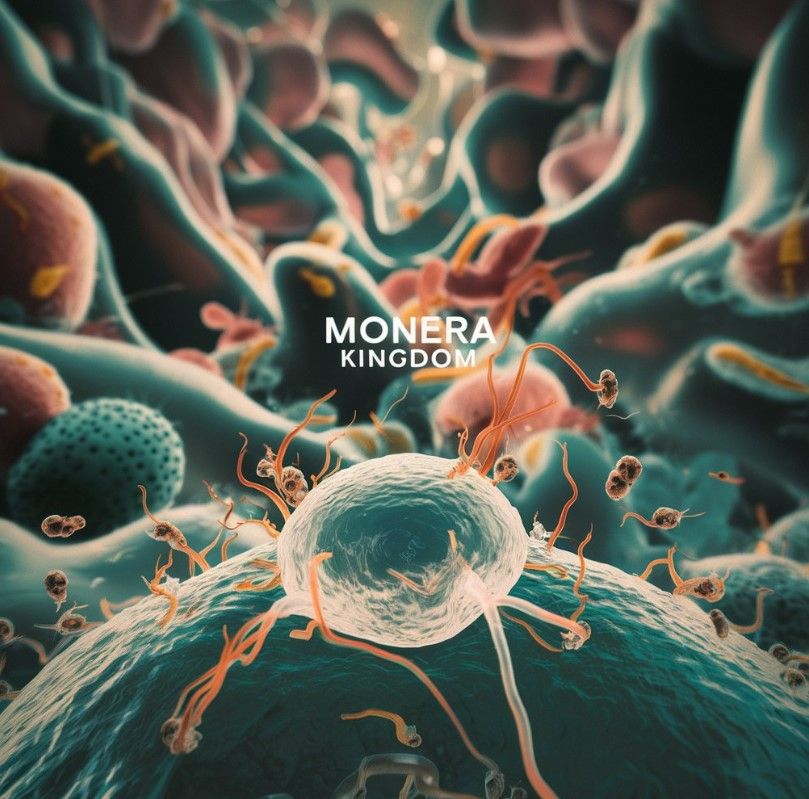The Monera Kingdom consists of prokaryotic microorganisms that are unicellular and lack membrane-bound organelles. Monerans are found in various habitats, including salty, hot, and moist areas. They are classified into two sub-kingdoms: archaebacteria and eubacteria.
Archaebacteria are ancient bacteria that survive in extreme conditions. They include methanogens, halophiles, and thermoacidophiles. These bacteria are helpful in sewage treatment and can be found in marshy areas. Methanogens produce methane, and halophiles thrive in salty environments.
Eubacteria are true bacteria that are further divided into different categories based on their shape and staining properties. They can be rod-shaped (bacilli), spherical (cocci), comma-shaped (vibrios), or spiral (spirillum). Some eubacteria are gram-positive, while others are gram-negative, depending on their cell wall structure.
Some bacteria are photosynthetic, like cyanobacteria, also called blue-green algae. They contain chlorophyll and other pigments like phycobilins and carotenoids. Cyanobacteria are autotrophic and can fix nitrogen, enriching the soil. Examples include Nostoc and Anabaena.
Monerans play a significant role in the environment. Some are decomposers, breaking down dead organic matter. Others are parasitic or saprotrophic, feeding on hosts or dead materials. A few are symbionts, living within a host and providing benefits.
Monerans reproduce asexually by fission, budding, or endospore formation. Some bacteria also reproduce sexually through conjugation. Their simple structure and unique characteristics make them an important area of study.
In conclusion, the Monera Kingdom is diverse, with various shapes, modes of nutrition, and habitats. They are helpful in many ways, serving as decomposers, nitrogen-fixers, and symbionts, making them a crucial part of our ecosystem.
